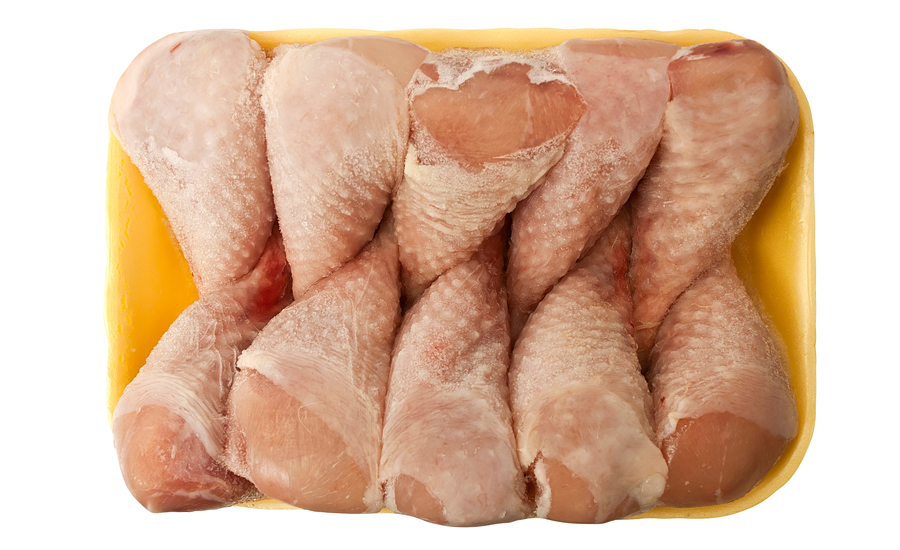Chicken purchasers cite more positive attributes than purchasers of beef, pork, fish and plant-based meat proteins, according to new research presented by the National Chicken Council (NCC), Washington, D.C.
The study, “The Why Behind the Buy: A Look Forward,” explored the drivers for grocery purchases of chicken compared to other meat and plant-based proteins. The study was commissioned by NCC and conducted online by IRI, Chicago, July 1-10 among 780 adults. Funding was provided by NCC; Elanco, Greenfield, Ind.; WATT Global Media, Rockford, Ill.; and Meyn, The Netherlands.
Chicken checks more boxes
Buyers were asked about attributes in eight categories—taste, health, versatility, family appeal, value for price, natural/organic/absence of negative (hormones, antibiotics), sustainable and convenient.
Chicken buyers choose it for seven of eight of these attributes.
All meat buyers are driven by taste, yet taste is a less important driver for the plant-based consumer, as fish is purchased for health and convenience reasons.
Consumers of chicken, beef, pork and fish reported that their trust in the overall safety, quality and nutrition of these meats has not changed. While 15% of chicken consumers say their trust in chicken has increased, 55% of plant-based meat consumers say their trust in that protein has increased.
Top trends driving and disrupting meat
Convenience. Chicken is an all-around winner on the majority of preparation-related attributes. All protein types are perceived as easy-to-prepare. More traditional meats (chicken, beef, pork) show advantage in family appeal and tradition (grew up eating it), while the plant-based protein advantages lie in safety, preparation ease and the cleanliness aspect of preparation.
Sustainability. Plant-based consumers show the strongest drive from sustainability. “Recent NCC research shows that half (49%) of survey participants indicated a willingness to eat more chicken if they learned it is more sustainable than other meats or meat substitutes, which shows that most people aren’t familiar with chicken’s sustainability story,” according to Tom Super, senior vice president of communications of NCC.
Protein growth. Across the store, products with protein claims have grown 9%, with frozen meals leading the way.
New technologies. Smart speakers, retail robots and endless aisles through e-commerce are changing the customer experience. Retail-as-a-service will change the supply chain for retailers.
Future consumption intent
Less than 2% of chicken consumers intend to consume less chicken in the next 6 months. While the future consumption intent is steady for the traditional meat proteins, both fish- and plant-based meat shows more positive consumption intent, with 23% of fish and 44% of plant-based consumers planning to consume more of those proteins in the next six months.
Plant-based meat awareness and purchase intent
When it comes to plant-based meat, data shows that grocery trips where meat substitutes are purchased are four times more likely to include meat.
Only about 16% of total protein buyers buy plant-based meat/meat blend alternatives, yet the majority (67%) of those who haven’t purchased these types of protein alternatives are aware of such products.
Of total meat buyers, 44% are open to giving plant-based meat/meat blends a chance, and 14% of total meat buyers will purchase it in the next six months.
Current estimates show plant-based meats at 2% retail sales of the total retail meat sales of $50 billion.
In the United States, the consumption of chicken has grown more than 300% since 1960, outperforming all other major proteins. At 94 pounds per capita, chicken consumption is nearly twice that of beef and pork. Chicken outpaced pork in 1984, and surpassed beef as America’s favorite meat in 1991.





